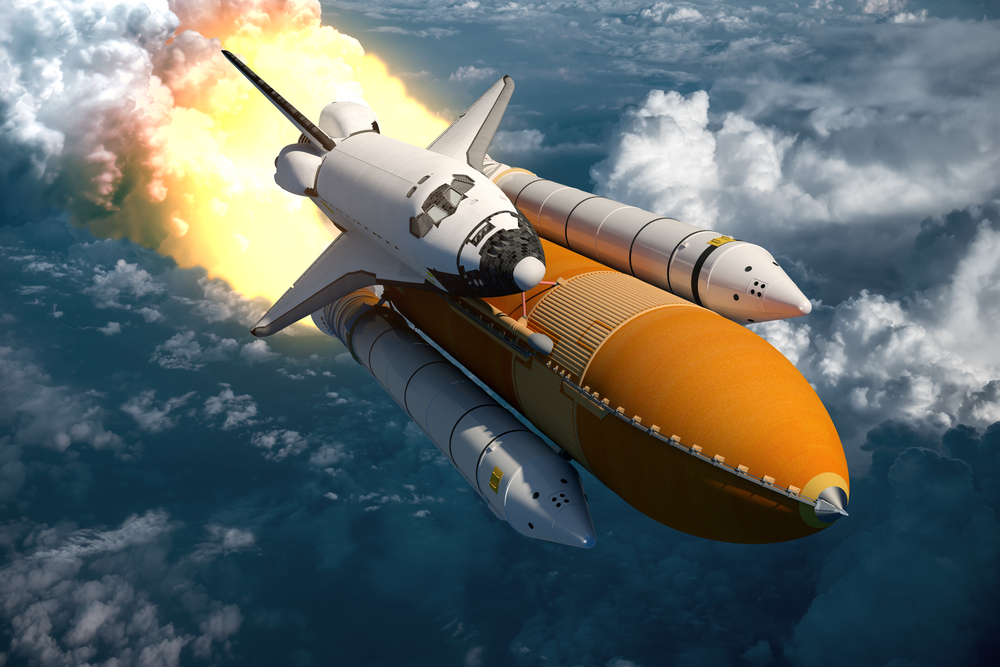Space, the Final Frontier of Economics
When I was very small, I wanted to be an astronaut – or, better yet, to be Luke Skywalker. With the recent release of “Star Wars: Rogue One” (but I haven’t gone yet, no spoilers!), I thought it would be fun to take a look at the way economists have, in ways both serious and lighthearted, thought about outer space.
Star Wars is a big business here on Earth, as anyone doing their Christmas shopping in a big-box retail store this year will have noticed. But space can also provide an outlet for economists to practice their economic intuition in a playful way.
Last year, Washington University Assistant Professor Zachary Feinstein created an Internet sensation with his short paper written “to calibrate and simulate a model of the banking and financial systems within the galaxy” and “measure the level of systemic risk that may have been generated by … the destruction of the second Death Star.” And Paul Krugman, 30 years before his Nobel Prize, wrote “The Theory of Interstellar Trade,” in which he proves two “useless but true theorems” about how interest rates should respond to interstellar travel at relativistic speeds.
These papers each represent, as Krugman himself quips, “a serious analysis of a ridiculous subject, which is of course the opposite of what is usual in economics.” It’s easy to see how much fun they were to write (and read, for the right kind of audience), but they aren’t exactly relevant.
However, there are real-world intersections of space exploration and economics. This blog post from consulting firm Edgeworth Economics gives a brief nod to positive externalities from the Space Shuttle program. Private ventures are considering the feasibility of mining on other planets or asteroids. But my favorite application of using outer space in economic research comes from what we can see when we are in space and look down.
A 2012 study proposed and estimated a method for using lights seen from space at night to adjust estimates of economic growth. The basic idea is that for many developing countries, official GDP statistics may be of low quality due to a combination of factors, including larger informal markets, less economic integration over regions, and weak government statistical infrastructure.
With this in mind, even an imprecise signal of economic activity that can be measured objectively and easily (at least, easily to those with access to satellite imagery) may help improve estimates of GDP and economic growth. The authors show that changes in lights are useful signals of short and long-run GDP growth measures. They propose that (i) a weighting of official statistics and lighting data for countries with unreliable statistics may provide better growth estimates, and (ii) the lighting data can help us estimate growth at levels of geography smaller than countries. This is especially helpful, they say, in nations where such regional data is not readily available.
Economists may not be astronauts, but we can still learn from them.
Click here to sign up for the Daily Economy weekly digest!









